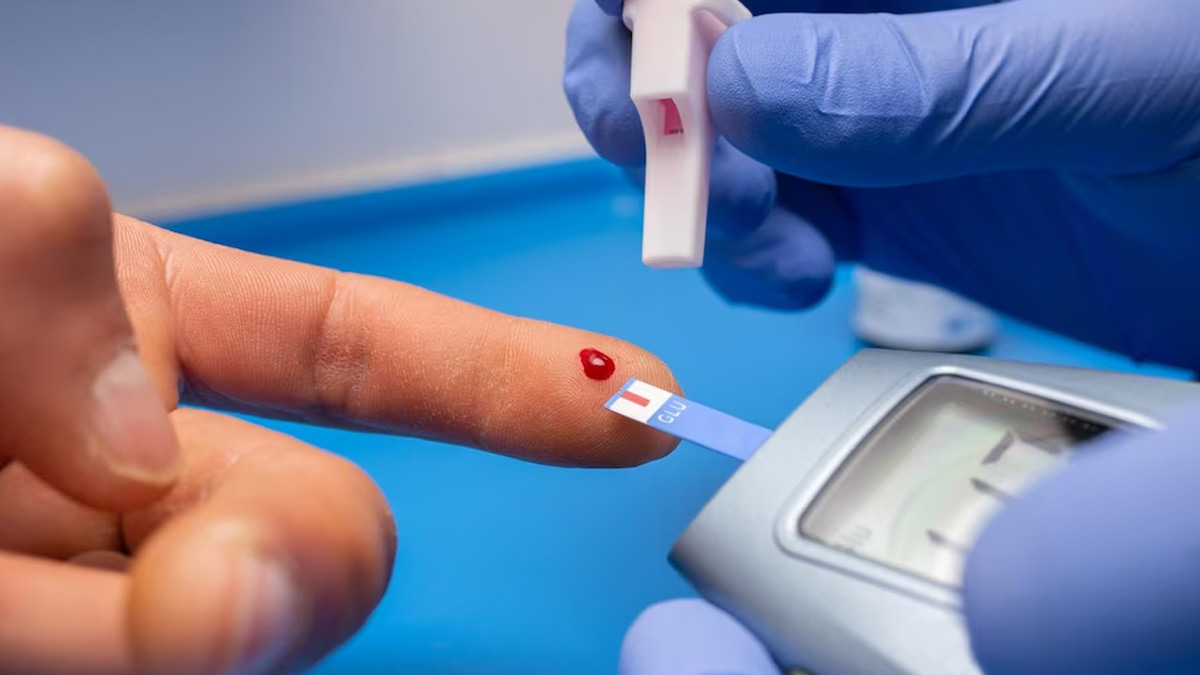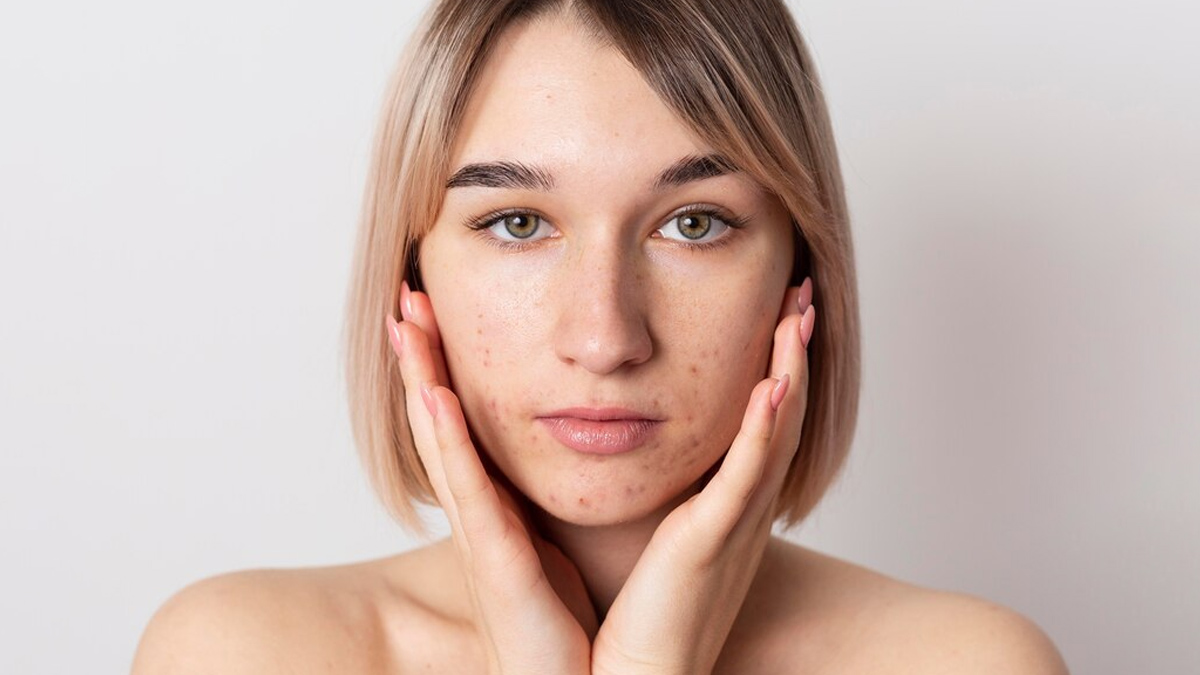
Diabetes can lead to various complications, including skin issues. One of the lesser-known symptoms of diabetes is itching. This discomfort can significantly impact the quality of life for those living with the disease. To understand why diabetes can cause itching is crucial for managing this condition effectively.
Table of Content:-
1. High Blood Sugar Levels
One of the primary reasons diabetes can cause itching is high blood sugar levels. Elevated glucose in the bloodstream can lead to dry skin, which is more prone to itching. When blood sugar levels are consistently high, the body loses fluids, resulting in dehydrated and less elastic skin. This dryness can lead to itching, particularly in the lower legs and feet.

Also read: Fenugreek Seeds For Blood Sugar Management: Expert Lists Different Ways To Consume It
2. Poor Circulation
Diabetes often leads to poor circulation, especially in the extremities such as the hands and feet. Reduced blood flow can cause the skin to become dry and itchy. In severe cases, poor circulation can lead to peripheral neuropathy, a condition that damages the nerves, further contributing to itching and other skin problems.
3. Diabetic Neuropathy
Diabetic neuropathy is a type of nerve damage that affects people with diabetes. This condition can cause various symptoms, including pain, tingling, and itching. When the nerves that carry signals from the skin to the brain are damaged, they can send incorrect signals, leading to sensations like itching without any apparent cause.
4. Fungal Infections
People with diabetes are more susceptible to fungal infections, such as athlete's foot and yeast infections. These infections can cause intense itching and discomfort. Fungal infections thrive in warm, moist environments, which can be common in individuals with diabetes who have areas of skin that remain damp due to sweating or poor hygiene.
5. Bacterial Infections
In addition to fungal infections, diabetes can also increase the risk of bacterial skin infections. Conditions like cellulitis, folliculitis, and boils can cause itching as well as redness, swelling, and pain. High blood sugar levels can impair the immune system, making it harder for the body to fight off bacterial infections.
6. Allergic Reactions to Medications
Many people with diabetes take various medications to manage their blood sugar levels and other related health issues. Some of these medications can cause allergic reactions, leading to itching and rashes. If you suspect that your medication is causing itching, it's important to consult with your healthcare provider for possible alternatives.
7. Dry Skin from Dehydration
Dehydration is a common issue for people with diabetes, especially when blood sugar levels are not well-controlled. When the body is dehydrated, the skin can become dry and itchy. Drinking plenty of water and using moisturisers can help manage this symptom.

8. Skin Conditions Specific to Diabetes
Certain skin conditions are more common in people with diabetes, and these can cause itching. These conditions include diabetic dermopathy, necrobiosis lipoidica diabeticorum, and eruptive xanthomatosis. Each of these conditions has distinct characteristics but can lead to itchy skin.
9. Reaction to Insulin Injections
For individuals who manage their diabetes with insulin injections, itching can sometimes occur at the injection sites. This reaction can be due to the insulin itself or to the preservatives and additives in the insulin solution. Rotating injection sites and using different types of insulin can help reduce this type of itching.
10. Kidney Problems
Kidney issues are a common complication of diabetes. When the kidneys are not functioning properly, waste products can build up in the blood, leading to itching. This type of itching is usually more generalised and can be quite severe.
Also read: Here’s How You Should Eat Oatmeal To Avoid Blood Sugar Spikes
Managing Itching in Diabetes
Managing itching when you have diabetes involves controlling your blood sugar levels and taking care of your skin. Here are some tips:
- Keep Blood Sugar Levels in Check: Maintaining blood sugar levels within the target range can prevent many of the complications that lead to itching.
- Stay Hydrated: Drink plenty of water to keep your skin hydrated from the inside out.
- Use Moisturisers: Regularly apply moisturising creams or lotions to keep your skin hydrated.
- Maintain Good Hygiene: Keep your skin clean and dry, especially in areas prone to fungal infections.
- Consult a Doctor: If you experience persistent or severe itching, consult your healthcare provider. They can help determine the cause and recommend appropriate treatments.
Itching is a typical but frequently neglected symptom of diabetes. It can be caused by a variety of circumstances, such as high blood sugar, poor circulation, nerve injury, or infections. Understanding the underlying reasons for itching can help diabetics manage the symptom more efficiently and enhance their quality of life. If you have chronic itching, you should seek medical attention to address the problem and avoid further consequences.
Also watch this video
How we keep this article up to date:
We work with experts and keep a close eye on the latest in health and wellness. Whenever there is a new research or helpful information, we update our articles with accurate and useful advice.
Current Version